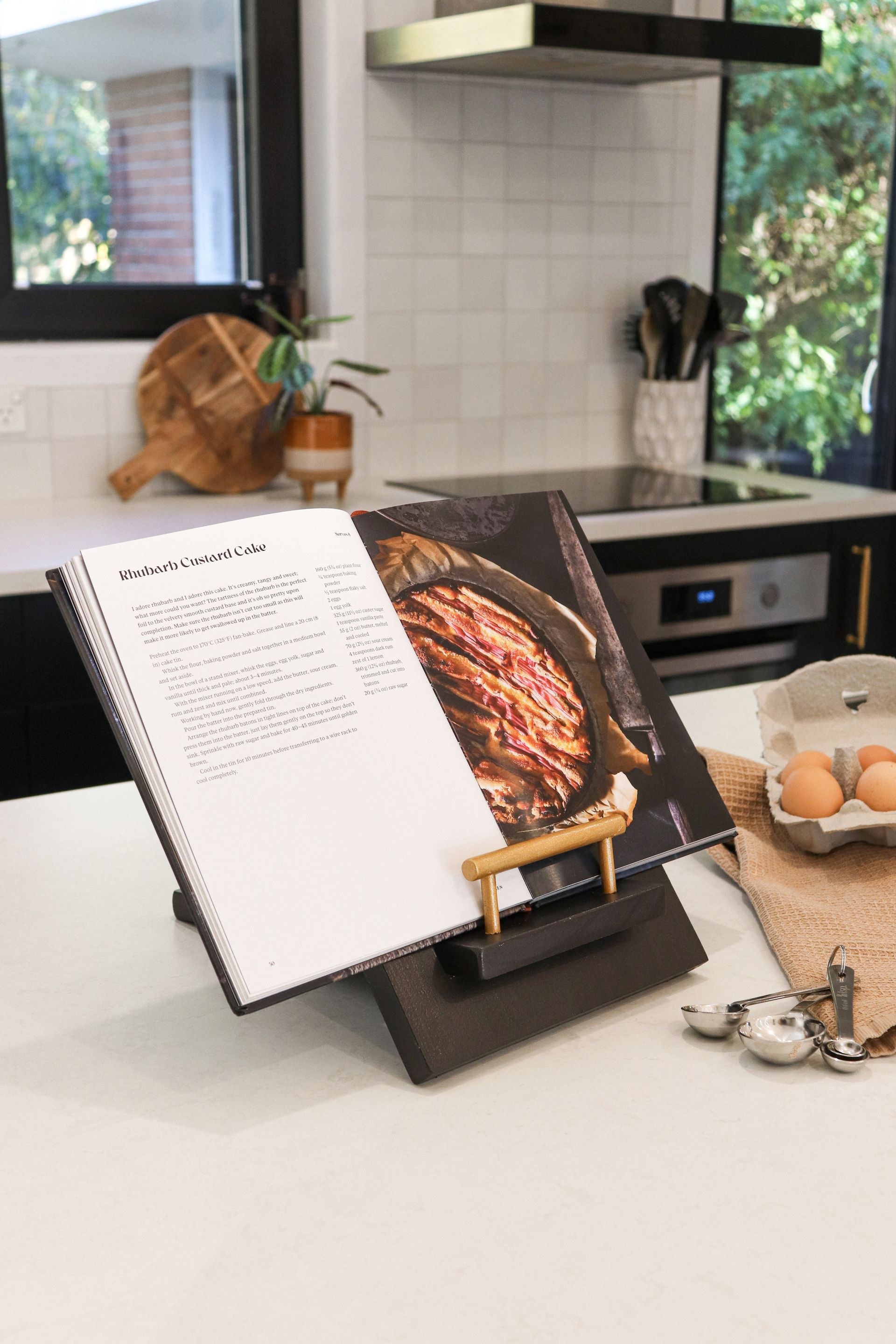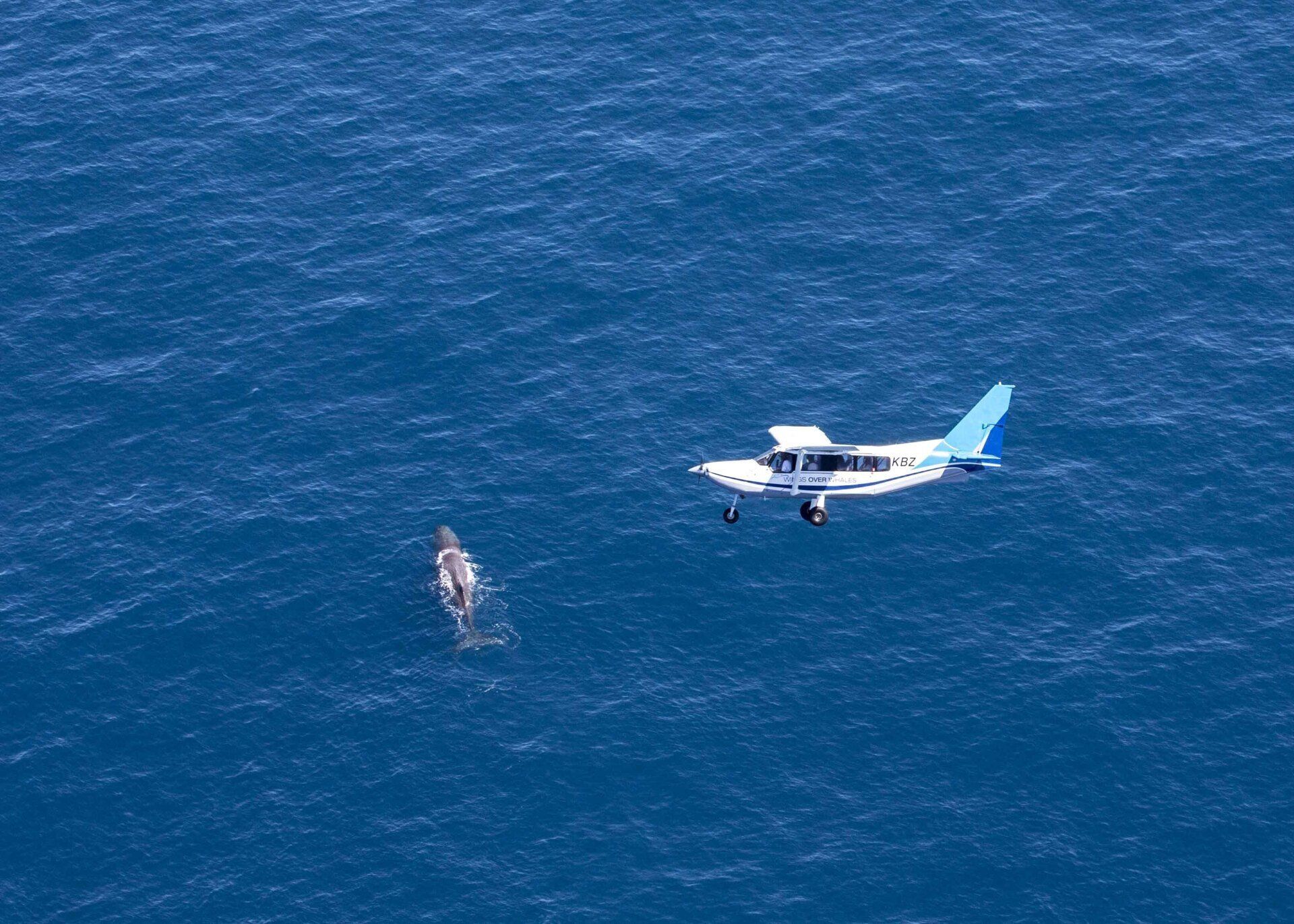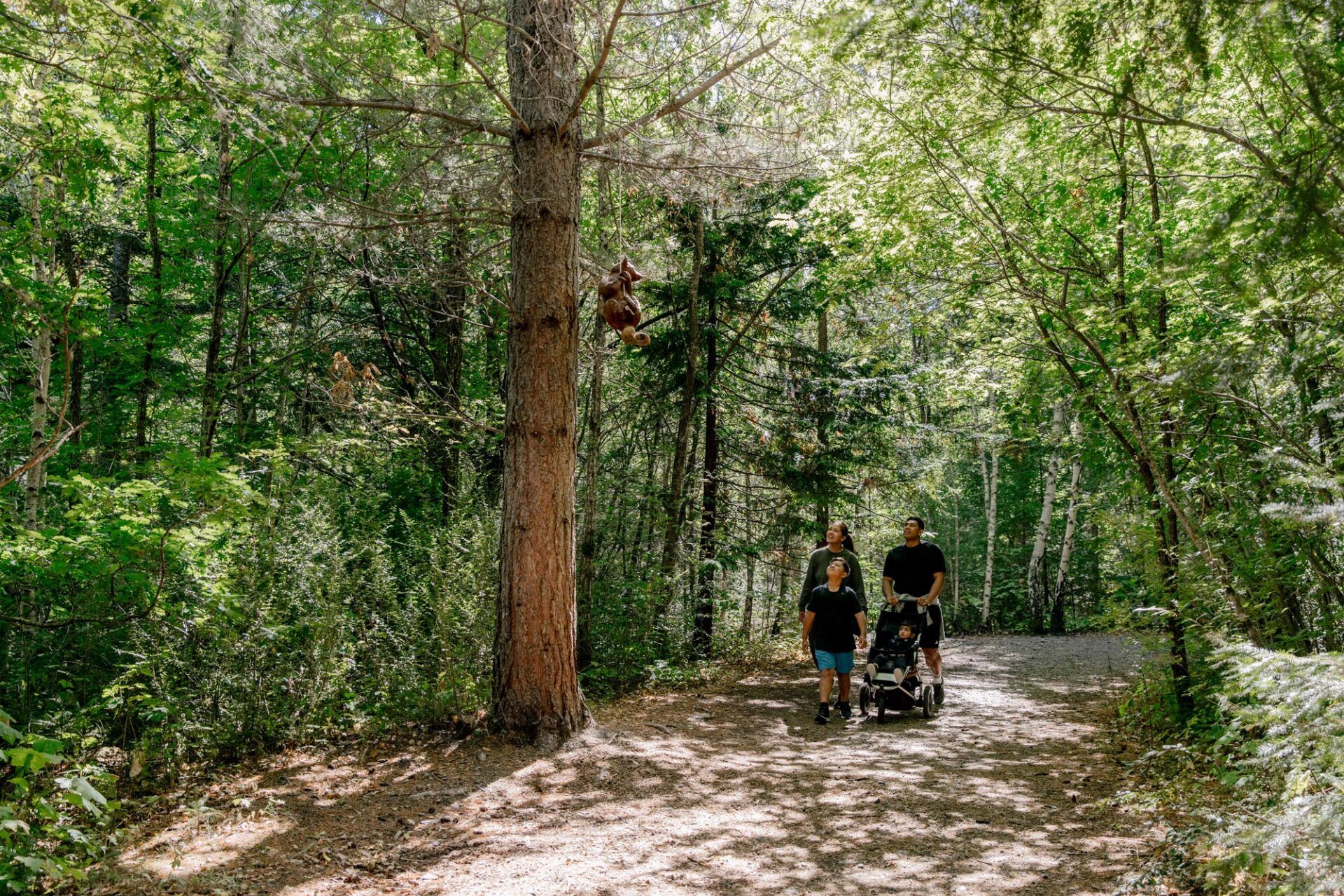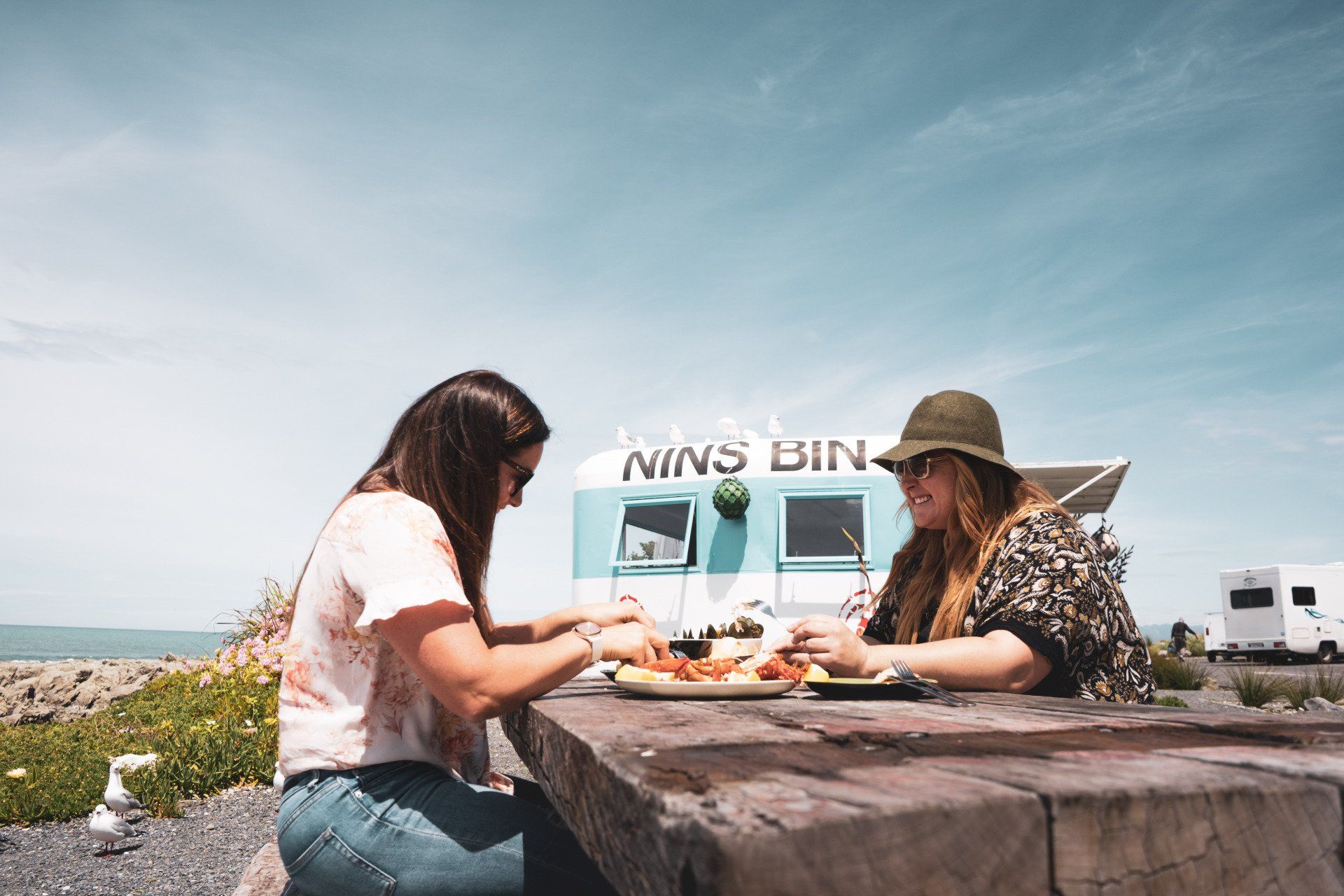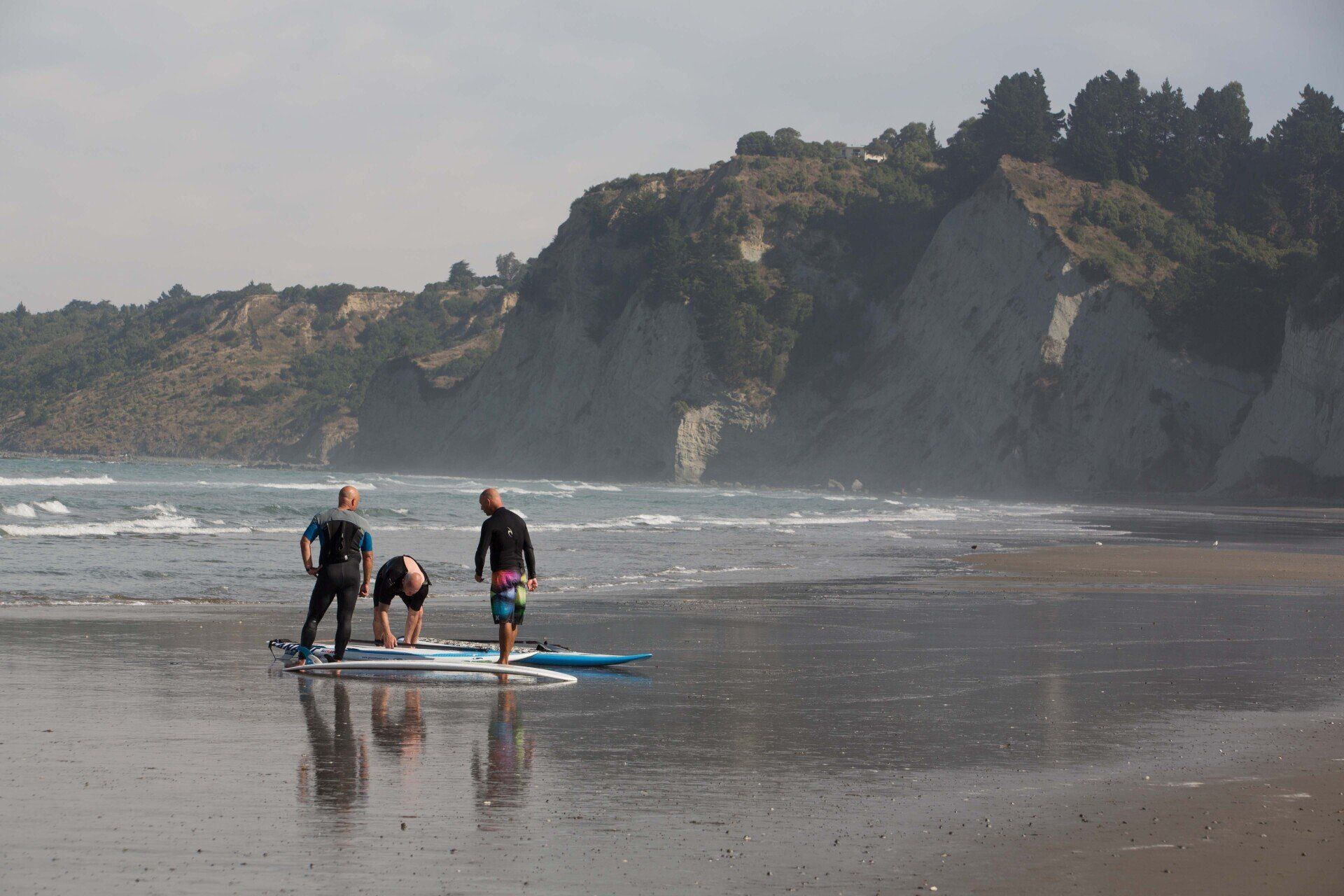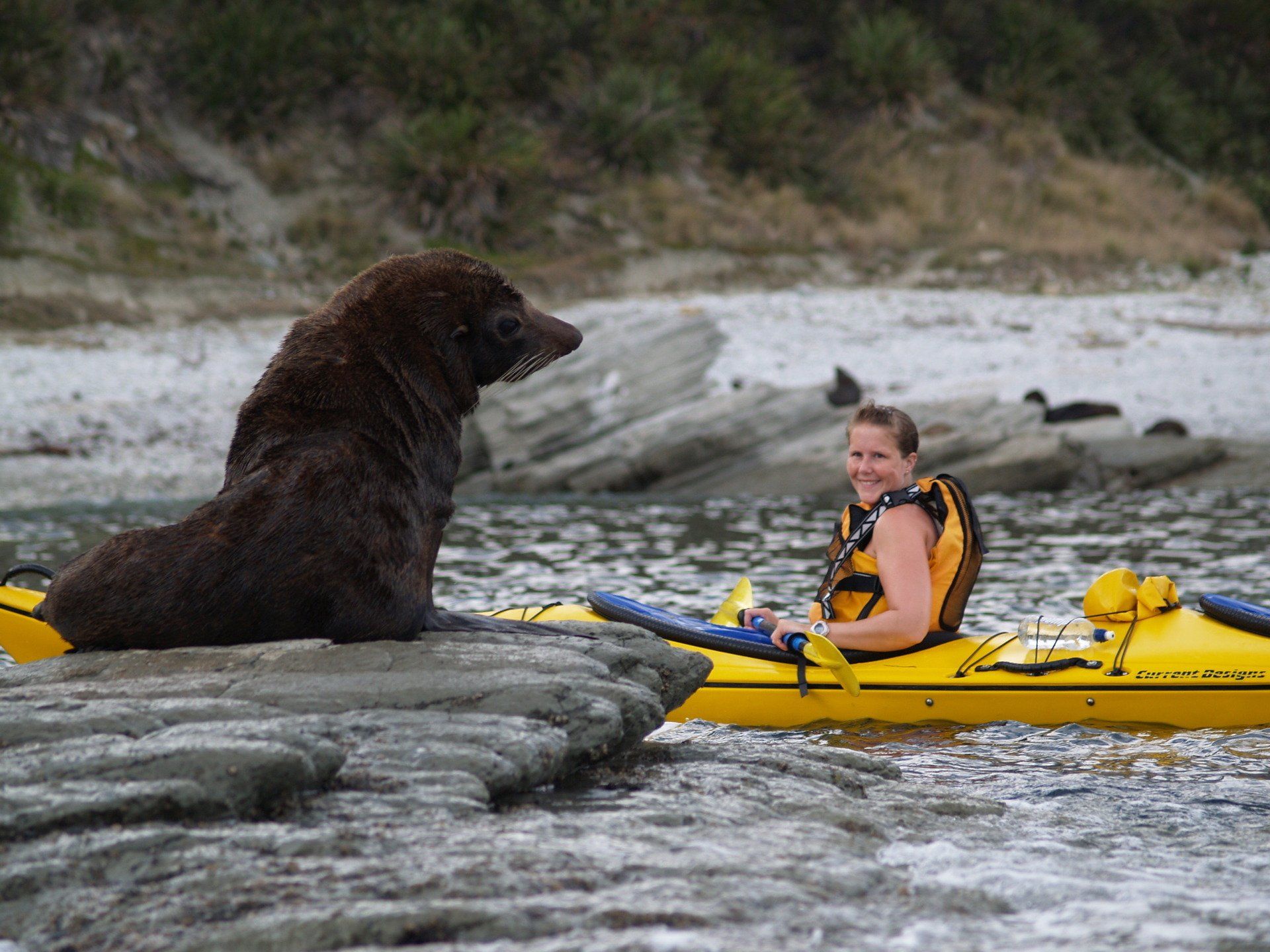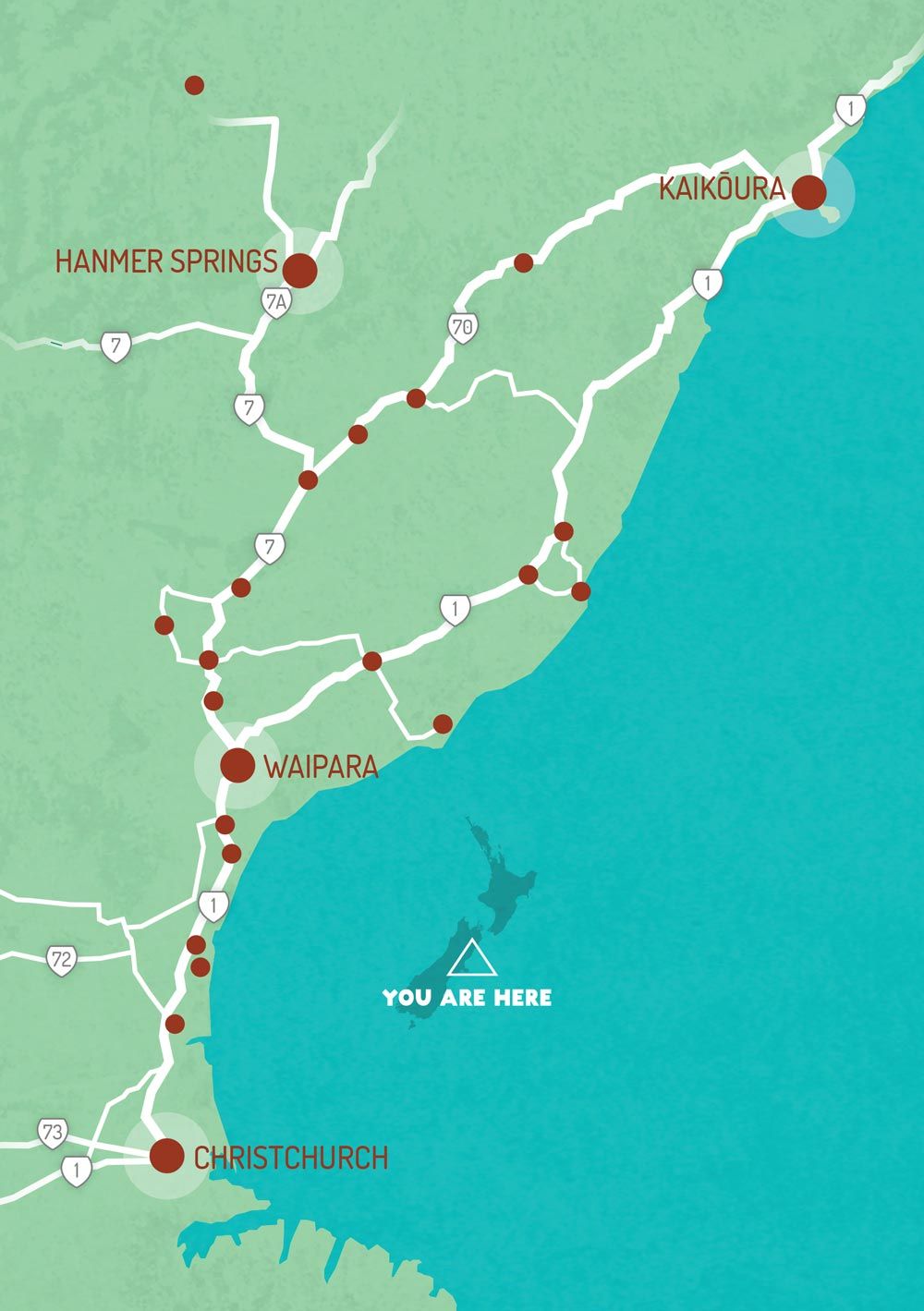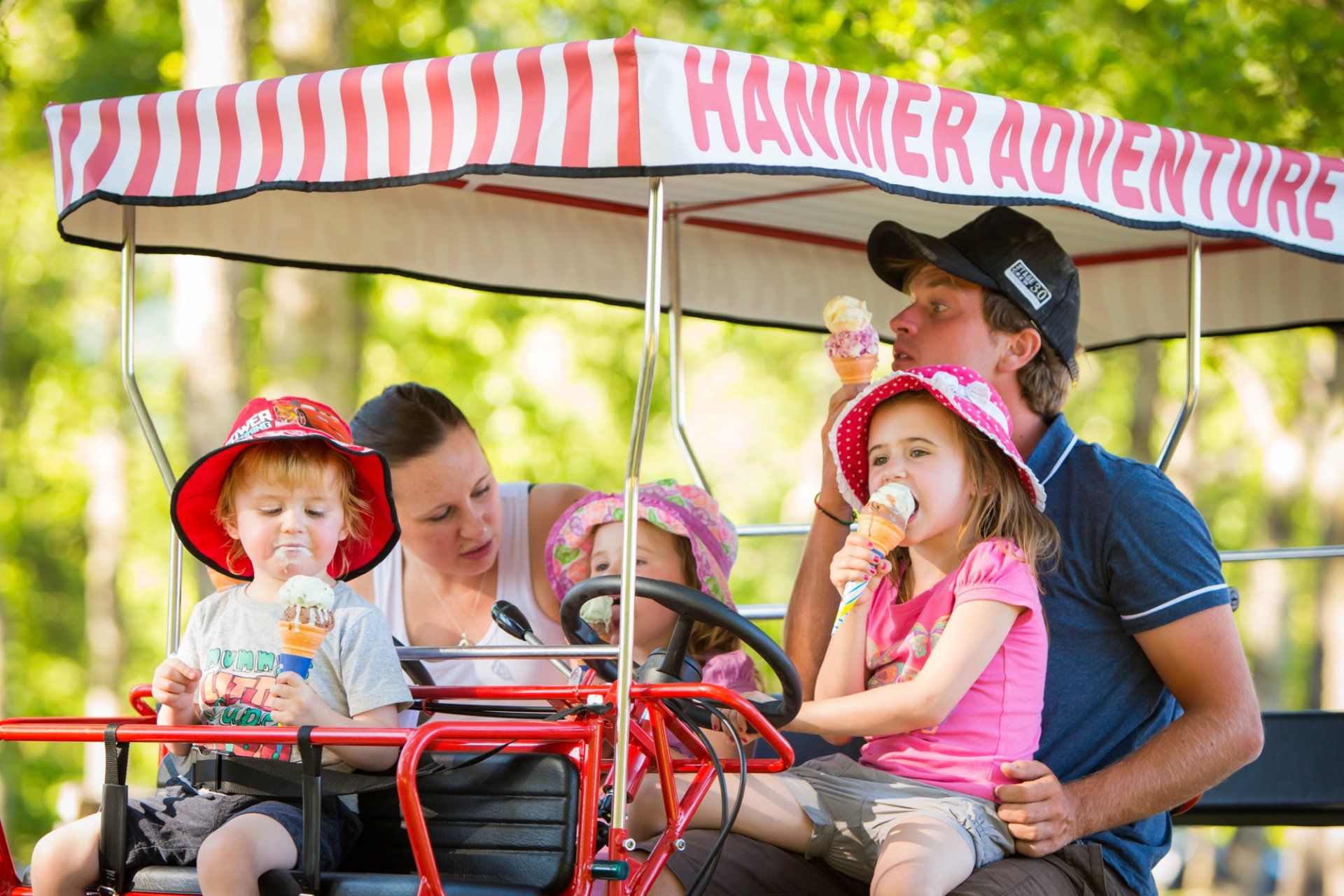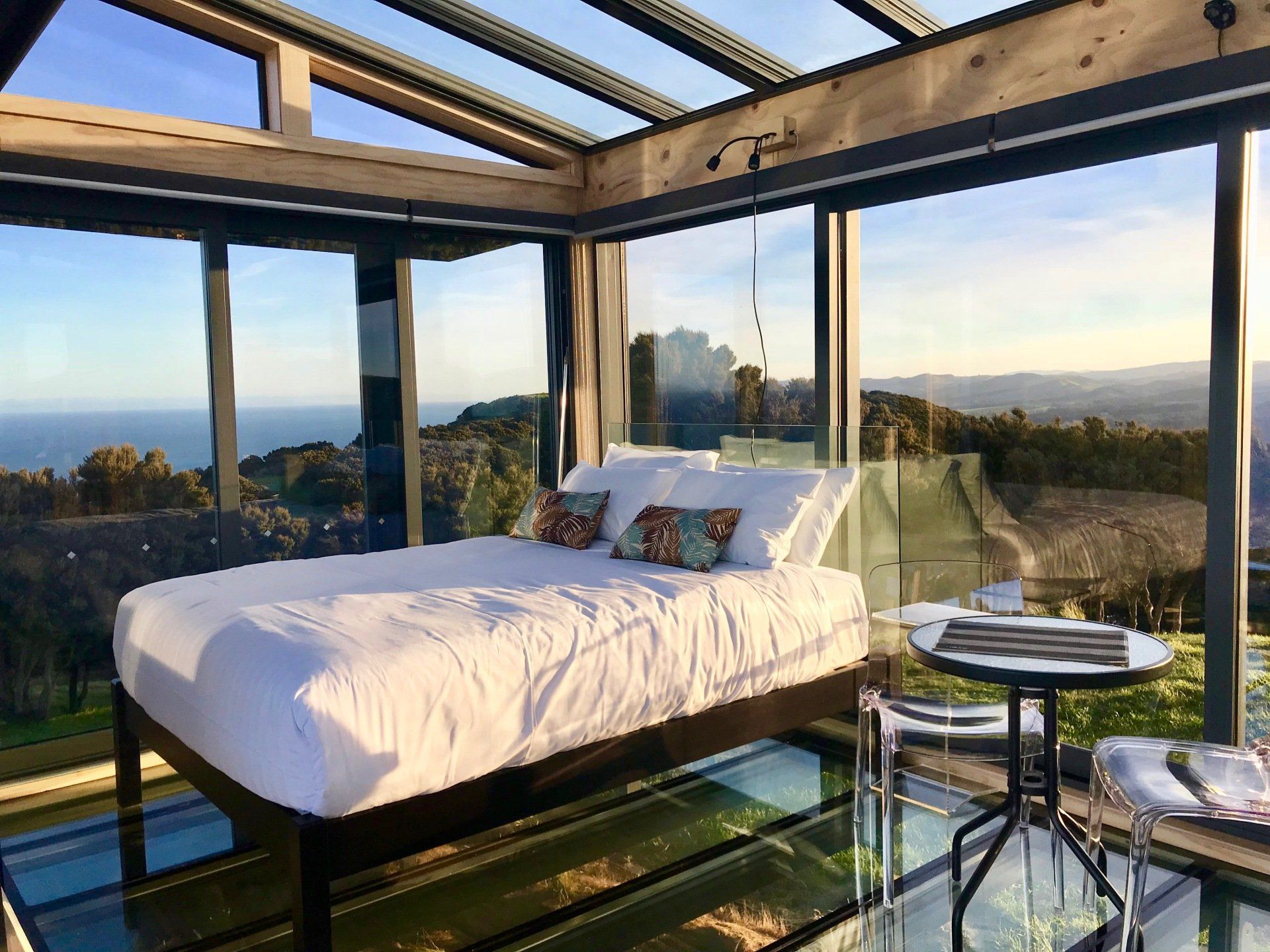As the country’s newest touring route, the 450 km Alpine Pacific Touring Route remains somewhat of a mystery, but is the perfect roadie for those keen to discover North Canterbury’s hidden gems
If you’ve ever travelled north of Christchurch, it’s likely you’ve done parts of the Alpine Pacific Touring Route (APT) without even realising it. The scenic trail spans from Christchurch to Kaikōura, and combines adventure, coastal views, incredible local food, award-winning wines and acclaimed hospitality. With Christchurch as your starting point, your options for yummy food, discovery and adventure are endless.
In the heart of Christchurch’s central city lies Riverside Market, a bustling and popular food venue for those wanting a quick bite or to savour some sweet tastes of Canterbury. Here you’ll find a bunch of passionate local stallholders selling everything from cookies to souvlakis and from gourmet fish and chips to craft beers. You know that buying food here means eating food made with love.
For keen adventurers, the Christchurch Adventure Park is just a 15-minute drive out of the city – a mountain biker’s paradise. For those less inclined to jump on two wheels, take the uphill walking/hiking trail to enjoy a city vista, before taking a free chairlift back down.
North of Christchurch, and located just a 45-minute drive away, is the North Canterbury wine region – home to over 90 vineyards, most of them independently owned by a close-knit community of local families.
This rapidly developing wine region sports some of the world’s most diverse land formations, from the volcanic Banks Peninsula, gravelstone and braided river plains, to the clay and limestone soils of the Waipara and Waikari valleys. Harnessing this unique geography, these winegrowers and makers are recognised for their concentrated and expressive wines – particularly Pinot Noir, Chardonnay and Riesling.
To experience local fare and sip against a backdrop of rolling hills, cellar doors are a real treat. Greystone, Black Estate, Georges Road Wines and The Bone Line are among those with cellar doors waiting to be enjoyed.
To stay a while and make the most of the North Canterbury vistas, book in to Greystone’s PurePod for the ultimate romantic escape. Tucked above the vineyard, this glass pod makes for a special night away under the stars. A relatively new addition to the accommodation scene, the pod allows guests to wake up in an isolated spot overlooking the Waipara Valley. Further north, Atatū PurePod provides a panoramic view, out to the coast and hills. Boutique accomodation options are endless along the APT. Take the Georges Road Wine Pod or Black Estate’s B & B, which also provide memorable vineyard stays.
Described as New Zealand’s hidden mountain escape, Matai Peak is a remote and unforgettable stay. The old shepherd’s hut has been transformed into a luxurious hideaway, with the most incredible views over the Pacific Ocean coastline and native forest valleys.
Venturing further into the heart of North Canterbury, turn off at Cheviot to wind toward the coast and to Gore Bay. This surfers’ paradise is off the grid – except for one tiny spot at the end of the beach where you might get one bar of reception if the wind blows just right. It’s an area full of hidden gems, including the Cathedral Cliffs, a glimpse into nature’s impressive doing. Gore Bay is just one of many beaches to explore along the coast, with both Motunau and Nape Nape well worth a visit for those with a love of wild eastern beaches.
Heading further north to the upper end of the trail is Kaikōura, the perfect place to connect with our natural environment. The region’s coastal waters are home to an amazing array of marine mammals and birdlife making it the perfect destination for marine experiences all year round.
In Kaikōura you can take up the opportunity to encounter whales, seals, albatross and dolphins – either by boat, by swimming with them or from the air. Wings over Whales pilot Mike Dwyer says he couldn’t think of a better job. ‘It’s not something I ever saw myself doing. This is one of the most beautiful parts of the world to fly in and the wildlife is something else. Flying out to the middle of the ocean and finding a whale sitting there is an amazing thing.’
For the fixed-wing pilot, each day is different and he counts himself lucky he can share that with visitors. ‘You never really know what you’re going to find out there. While sperm whales are semi-permanent residents here, we also get a lot of blue whales, orca and dolphins. It’s not something you get bored of.’
From Kaikōura, it’s an easy trip back to Hanmer Springs, an alpine village renowned for its 22 thermal pools and for being the perfect place to unwind, or wind up, with adventure bunnies able to delight in jet boat rides, bungee jumping or the huge network of mountain biking trails in the Hanmer Forest.
Got children in tow? Take the kids on a fairy door hunt or on the Forest Amble, with its beautifully crafted woodland creatures.
Hanmer Springs Thermal Pools and Spa General Manager, Graeme Abbot, says the village is extremely grateful for the support of domestic tourists over the last 12 months. ‘We’re very lucky to be able to call this paradise home. We’re so grateful for the support we’ve received from Kiwi families and friends over the last year and we just want to keep on showing people how special this alpine village and the rest of the APT is.’
Where to stay, play & Eat
Stay
Matai Peak
George’s Road Wine Pod
Hanmer Springs Hotel
Mt Lyford Eco chalets
Lake Stella Huts
Tawanui Farm
Greystone PurePod
Play
Christchurch Attractions
Hanmer Springs Thermal Pools & Spa
Energy Jet
Wings over Whales
Whale Watch Kaikōura
Kaikōura Kayaks
Dolphin Encounter
Eat
Nin’s Bin
Greystone Cellar Door
Black Estate
Fire & Ice
The Emporium Kaikōura
Inati
No. 31
Recent stories
